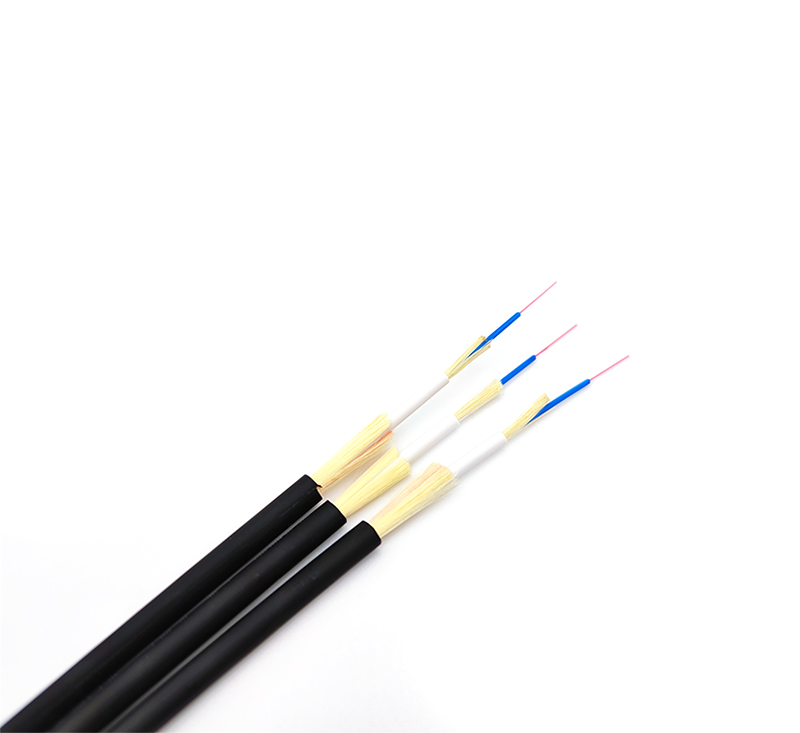1. Both ends are set to self -negotiating mode
The two parties send each other/C/code flow. If the three of the same/C/code are continuously received and the code flow received by the receiving method is matched with the local working method, it is returned to the other party a ACK response/C/code. After receiving the ACK information for the end, it is believed that the two can communicate with each other, and set the port to the UP state
Second, one end is set to self -negotiation, and one end is set to compulsory
Send/C/code flow from the negotiation side, the mandatory terminal sends/I/code flow, the forced end cannot provide the confrontation information to the end, nor can it be returned to ACK to respond to the end. However, the compulsory terminal itself can be identified/C/code, and believes that the end is a port that matches itself, so set the home port to the UP state directly
Third, both ends are set to compulsory mode

The two parties send each other/I/code stream. After receiving the/I/code stream one end, they believe that the pair is a port that matches themselves.
How does optical fiber work?
The optical fiber is composed of the fine -grained glass wire of the outer plastic protective layer. The glass silk is essentially composed of two parts: a glass material with a low refractive index with a core diameter of 9 to 62.5 μm and a diameter of 125 μm. Although there are some types of fiber different types of optical fibers, the most common types are mentioned here according to the materials used and different sizes. The core layer of the optical fiber is transmitted in the "full -internal reflection" mode, that is, after the light enters one end of the optical fiber, reflects back and forth between the core layer and the packet layer interface, and then transmits to the other end of the fiber. The optical fiber with a core diameter of 62.5 μm and the outer diameter of the package layer is 62.5/125 μm.










